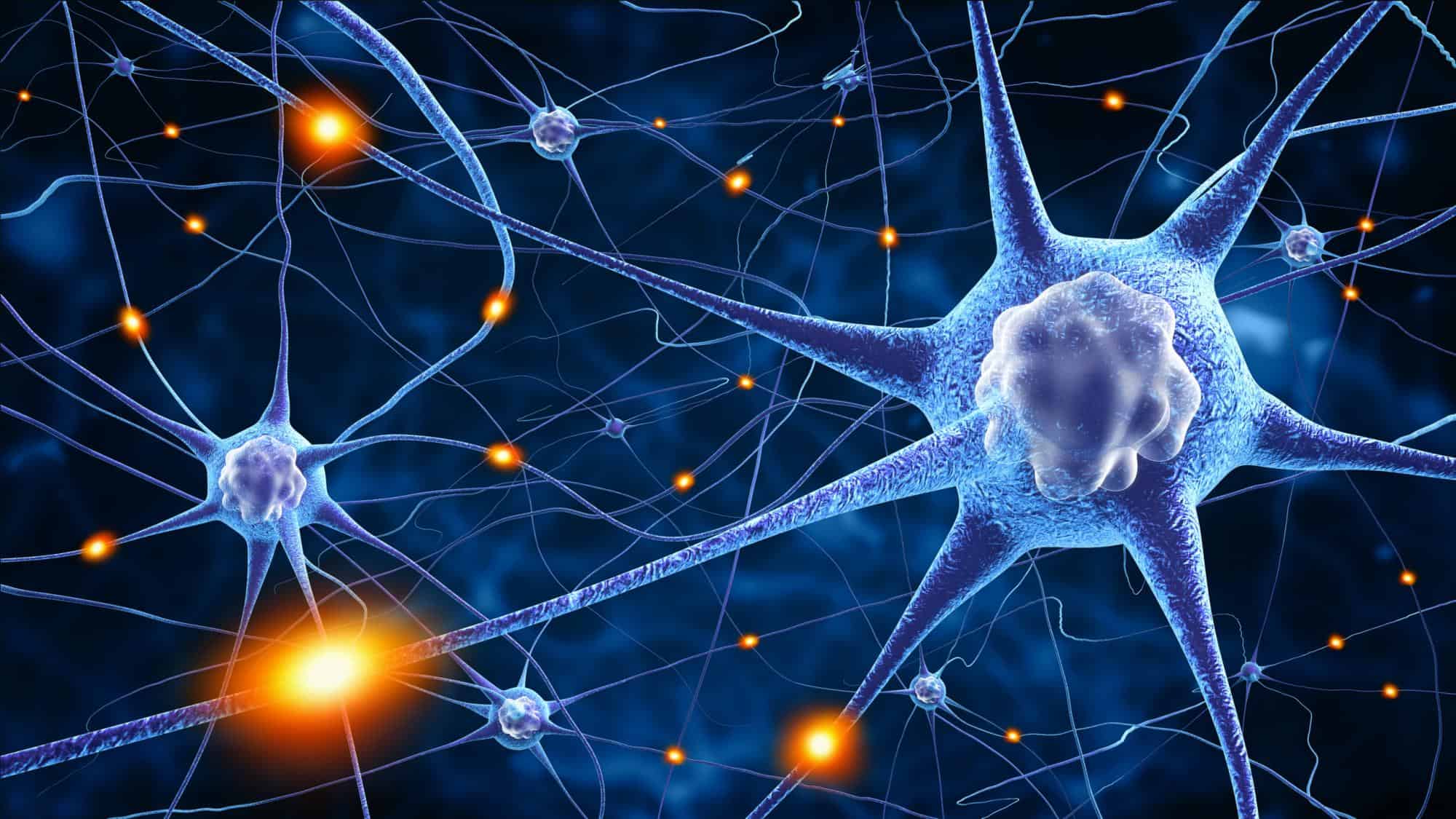Core Practical 11 – From Topic 5 (On The Wild Side)
Aim
To investigate photosynthesis using isolated chloroplasts (the Hill reaction).
Independent Variable
Light intensity reaching the chloroplast samples
Dependent Variable
Amount of DCPIP reduced (can be judged based on the colour of the mixture)
Control Variables
- Use chloroplasts from the same species of plant – chopped spinach leaves can be used
- Amount of chloroplast/buffer solution added to each tube – 5cm³ to each tube
- Amount of DCPIP added to each tube – 10cm³ will be added
- Amount of time – both tubes will be left for the same amount of time before comparing the colour of the mixture
- Same pH used – buffer solution will be added to maintain pH of 7.0
Why use DCPIP?
The Hill Reaction depends on electrons released during the light-dependent stage of photosynthesis being picked up by the blue electron acceptor DCPIP. The reaction can only occur if the thylakoid membranes are illuminated as the light-dependent stage stops in the dark.
DCPIP is blue when oxidised (at pH 7.0) and colourless when reduced, so it is possible to monitor the loss of blue colour as an indication that DCPIP has accepted electrons. It can be used to participate in, and monitor, redox reactions.
In this experiment the DCPIP takes the place of NADP, allowing photolysis to continue even when the supply of NADP has been exhausted because the DCPIP can continue to accept the electrons from the electron transport chain.
Equipment
- 5 g of freshly chopped spinach leaves
- 12 cm³ of ice cold 0.5 M sucrose solution
- 20 cm³ of ice cold phosphate buffer (pH 7.0)
- 30 cm³ of 0.1% DCPIP
- Pestle & mortar
- Pipettes
- 2 test tubes (labelled A and B)
- Centrifuge tubes
- Bench lamp
- Ultra-centrifuge
Method
- Grind 5 g of freshly chopped spinach leaves with 10 cm³ of ice cold 0.5 M sucrose solution using a pestle and mortar.
- Strain the resulting liquid into a cooled centrifuge tube and centrifuge for 5 minutes at medium speed.
- Decant the supernatant into another cooled centrifuge tube and centrifuge for a further 10 minutes at high speed.
- Carefully pipette off the supernatant of this tube and discard. Now, using the sediment, add 2 cm³ of the ice cold sucrose solution and mix gently.
- Add 20 cm³ of ice cold pH 7.0 phosphate buffer solution and mix well.
- Add 5 cm³ of the chloroplast/ice-cold phosphate buffer solution into each test tube, labelled A and B.
- Add 10cm³ DCPIP to each of tubes A and B.
- Leave tube A under a bench lamp to make sure it is well lit. Then put tube B in a dark cupboard.
- Keep observing tube A until the blue colour of the DCPIP has completely disappeared.
- At this stage remove tube B from the cupboard and compare with tube A.
Results & Calculations
You should observe that the solution of the DCPIP in test tube A has completely decolourised whilst test tube B still has most, if not all, of its original blue colour.
Conclusion
DCPIP takes the place of NADP in this set-up. NADP is usually reduced in the light-dependent reaction as electrons are excited from the photosystems and passed along an electron transport chain. Because this reduction of DCPIP requires light, the sample under a bench lamp should go completely colourless as all the DCPIP is reduced from blue to colourless. However, the sample in the dark cupboard has exposure to little , if any, light. This results in a lack of reduction of DCPIP and so the solution stays blue overall.
Evaluation Points
- Test tube A solution does not decolourise (systematic error) – increase light intensity of bench lamp.
- Damaged chloroplasts skew results (random error) – carry out repeats and centrifuging plant material at lower speeds.
- Difficult to compare colours of both test tubes (random error) – fill a two cuvettes with solutions from each test tube and use a colorimeter to compare percentage absorbance/transmittance.








Elijah Poaipuni
You are given a formulation, then a phrase downside, after which it’s essential
to use the system to solve the world downside https://math-problem-solver.com/ .
When I used to be learning the C Language, I by no means understood pointers
because I never knew why they have been there.